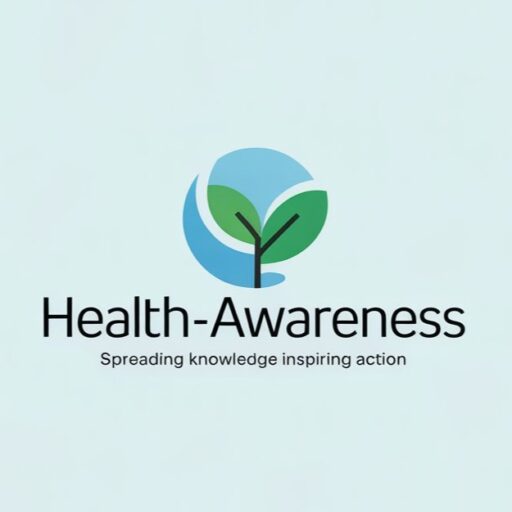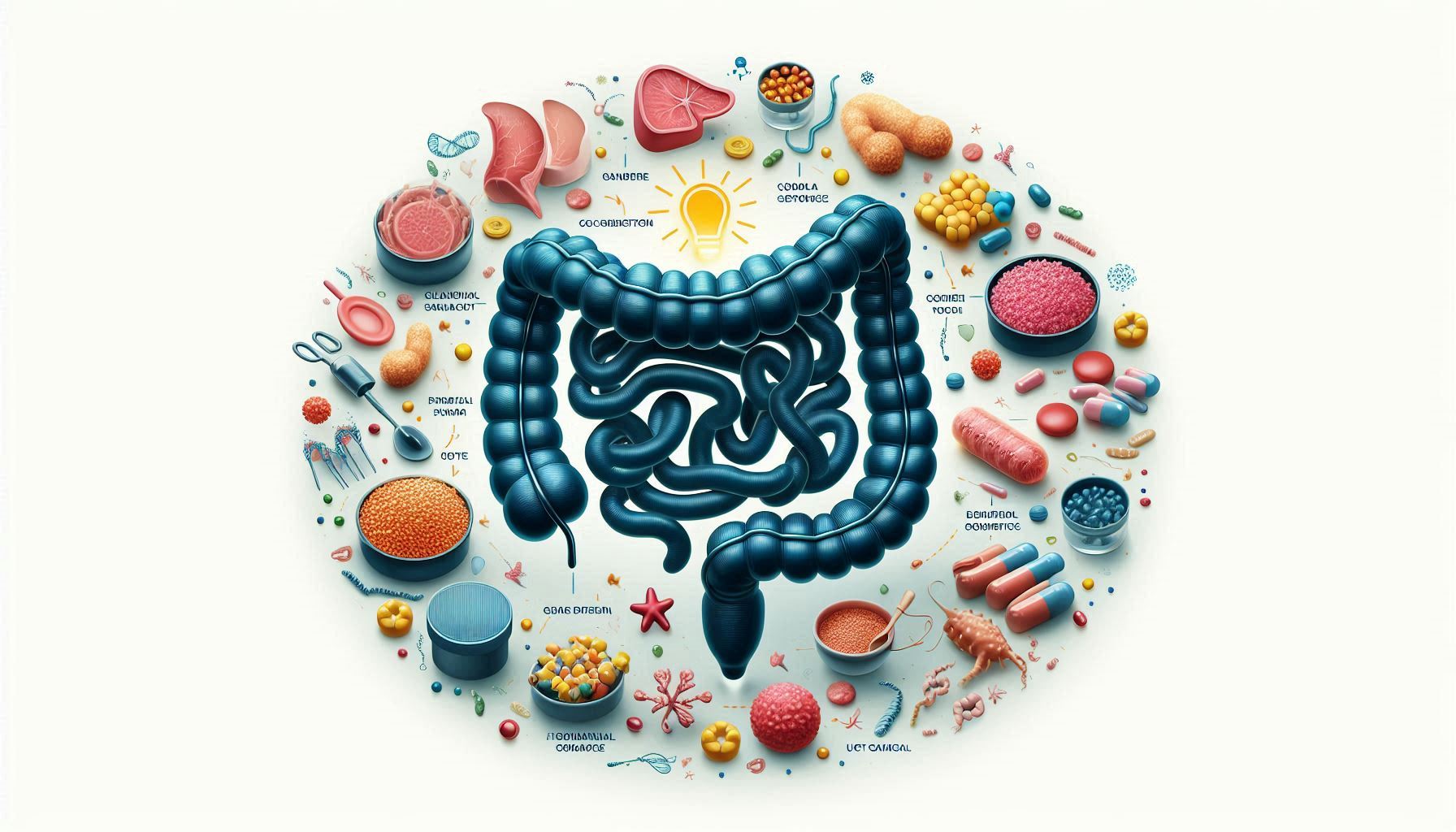Alcohol is woven into many social traditions, but recent research shows a worrying trend of increasing alcohol-specific deaths. These deaths—fully attributable to alcohol-related causes such as liver disease, alcohol dependence, and certain accidents—have been on the rise, especially after the COVID-19 pandemic. In this post, we break down the current research, explain what it means for public health, and offer insights into preventive measures.
What Are Alcohol-Specific Deaths?
Alcohol-specific deaths are fatalities where alcohol is the sole cause. This term covers deaths from conditions like alcohol-related liver disease, acute alcohol poisoning, and other complications directly linked to excessive consumption. Unlike more general alcohol-attributable deaths (where alcohol might be one of several contributing factors), these deaths are 100% caused by alcohol consumption. Understanding this distinction is essential for grasping the full impact on public health.
The Growing Trend: What Research Shows
Recent studies, including a large observational study conducted in England, have revealed a significant rise in alcohol-specific deaths over the past few years. For example, data from 2001 to 2019 showed relatively stable rates until a sharp increase was noted following the onset of the COVID-19 pandemic. The pandemic brought about dramatic changes in lifestyle, mental health, and access to healthcare—all factors that have contributed to higher alcohol consumption and, in turn, more alcohol-related deaths.
Other research from North America also indicates that the proportion of alcohol-specific deaths is rising among all age groups, particularly among those in socioeconomically disadvantaged communities. This suggests that the crisis is not limited to any one demographic but is impacting a wide spectrum of society. These trends underscore the urgency for policy makers to address alcohol overconsumption and its devastating consequences on health.
Why the Increase?
Multiple factors are fueling this public health challenge:
- Lifestyle and Stress: The ongoing stress from global events like the pandemic and economic uncertainties has led many to drink more. Increased alcohol consumption may serve as a coping mechanism, but it puts individuals at a higher risk of developing severe health issues.
- Mental Health: Elevated levels of stress and anxiety during recent years have not only increased alcohol consumption but also decreased the likelihood of seeking professional help in time.
- Healthcare Access: The pandemic disrupted routine healthcare services, delaying early detection and treatment for conditions like liver disease.
- Socioeconomic Factors: Studies show that people in more deprived areas are experiencing the sharpest increases in alcohol-specific deaths. This disparity highlights the persistent inequality in health outcomes.
What Does This Mean for You?
Even if you consider yourself a moderate drinker, it’s important to understand these trends and how they might affect you or someone you love. The research indicates that even moderate drinking can be a risk factor for premature death—especially if combined with factors like poor diet, sedentary lifestyle, or underlying health conditions.
Awareness is the first step toward prevention. By keeping informed about the latest research, you can make conscious decisions about your alcohol consumption and potentially seek help if you notice signs of problematic drinking. Simple steps like regular health check-ups, moderated drinking habits, and seeking mental health support can make a significant difference.
Prevention and Community Action
Addressing the rising trend of alcohol-specific deaths involves both individual and community-level efforts. Here are some key strategies:
- Regular Health Screenings: Early detection of liver disease and other alcohol-related conditions can greatly improve outcomes.
- Mental Health Support: Accessing counseling or therapy can help manage stress and reduce the urge to consume alcohol as a coping mechanism.
- Community Programs: Joining support groups or community initiatives aimed at reducing alcohol consumption can provide both social support and effective strategies for change.
- Policy Interventions: On a larger scale, experts call for policies that limit alcohol availability, improve public awareness, and offer robust support systems for those struggling with alcohol dependence.
By embracing these preventive measures, individuals and communities can work together to break the cycle of excessive alcohol use and reduce alcohol-specific deaths.
Conclusion
The rising trends in alcohol-specific deaths signal a clear public health crisis that demands our attention. Whether driven by pandemic-related disruptions, socioeconomic stress, or lifestyle changes, the evidence is unmistakable—excessive alcohol consumption is taking a toll on communities worldwide. By staying informed, taking proactive health measures, and supporting policies aimed at reducing alcohol misuse, you can play a role in reversing this dangerous upward trend.
For more insights into how alcohol impacts health and ways to lead a balanced lifestyle, explore our other posts on public health and well-being here on Health-Awareness.com.
References
- Oldham, M., Jackson, S., Brown, J., et al. (2025). Trends in alcohol-specific deaths in England, 2001–2022: an observational study. The Lancet Public Health. Retrieved from The Lancet Public Health
- Assefa Kassaw, N., Zhou, A., Mulugeta, A., et al. (2024). Alcohol consumption and the risk of all-cause and cause-specific mortality—A Mendelian randomization study. International Journal of Epidemiology. Retrieved from Oxford Academic
- Tian, Y., Liu, J., Zhao, Y., et al. (2023). Alcohol consumption and all-cause and cause-specific mortality among US adults: a prospective cohort study. BMC Medicine. Retrieved from BMC Medicine
By linking current research to everyday health decisions, this post empowers readers to understand why alcohol-specific deaths are on the rise and what can be done to combat this alarming trend. For further reading on alcohol health risks and public health strategies, stay tuned to Health-Awareness.com.









Leave a Reply